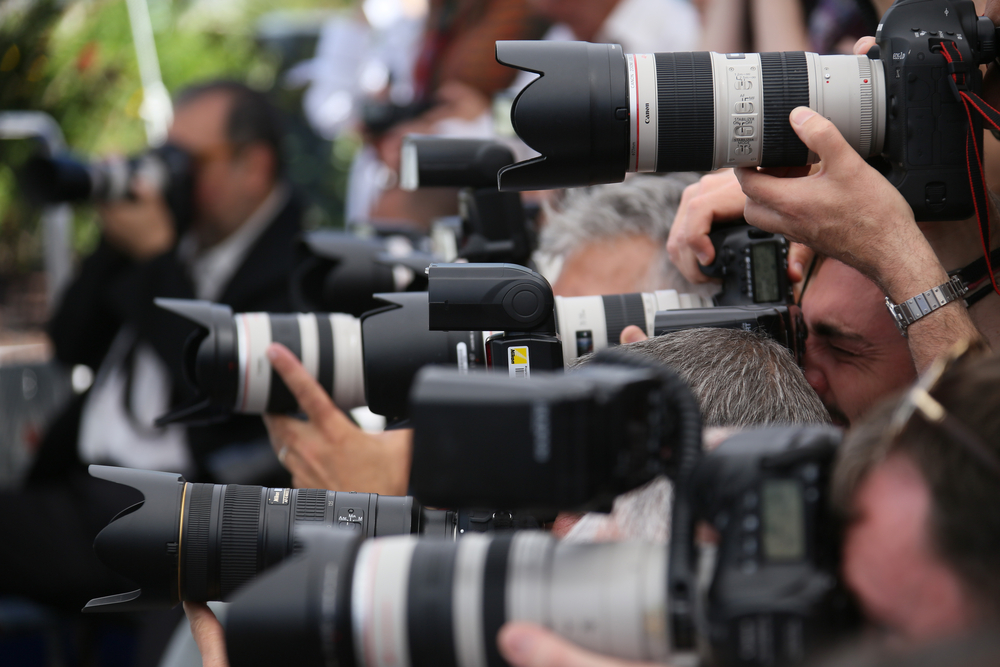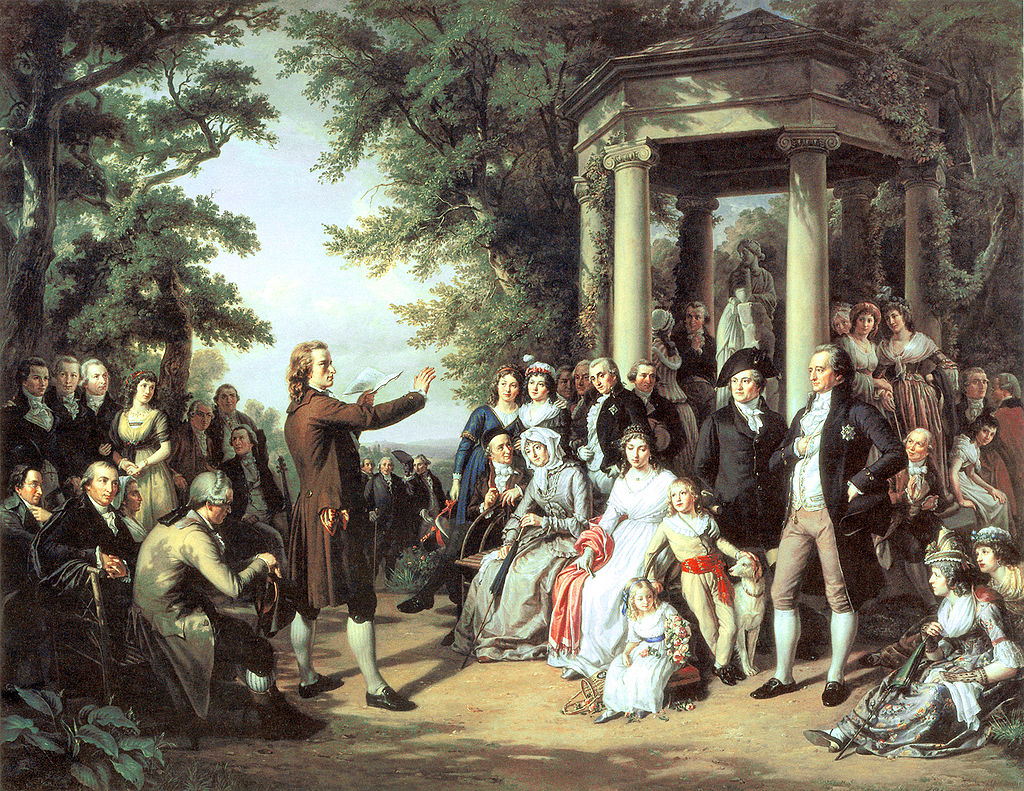One of the by-products (or perhaps causes) of folks’ belief that we live in a “post-truth” world is the conviction that there is no such thing as objectivity – an account of facts free from the distortion of personal bias. If there is no such thing as “Truth” with a capital “T,” there are no mind-independent facts; everything we say is true depends on some perspective, therefore everything is subjective.
Certainly, the idea that we can adopt an objective “view from nowhere” is questionable, but is it worth abandoning the concept of objectivity altogether?
Apparently, journalists are increasingly adopting this mode of thinking, with some even claiming that throwing aside a commitment to objectivity can build public trust. But is this true? Also, if journalists wish to give up on objectivity, should the public rethink the social place of journalism?
In the 1990s academics including historians, sociologists, scientists, and philosophers engaged in what were called the “science wars.” The central issue of these debates was the authority of science in making claims about the world. One side defended the ability of science to make authoritative claims about the world rooted in the idea of objective science, while the other side preferred to study the claims of science in terms of the social, political, and economic forces that act on the sciences. Scientific objectivity, it was claimed, is a myth, and instead the conclusions of science are not rooted in objective evidence and logic, but in social power structures. Scientific conclusions reflect the social influences at work that lead to its production.
Even scientists have, at times, claimed that objectivity is a myth. For example, computer scientist Timnit Gebru has argued, “scientists must understand that their science cannot be divorced from the world’s geopolitical landscape, and that there are no such things as meritocracy and objectivity.” She cites Sarah Marie Stitzlein who rejects “the view from nowhere” as first articulated by Thomas Nagel. Whereas Nagel understood objectivity as an aperspectival Archimedean point, Stitzlein rejects this ideal and the corresponding notion of truth it carries. Instead, knowledge is always socially and historically located. Our inquiries are driven by what interests us and what we value.
But all this means is that aperspectival objectivity is a myth, not that objectivity in general is mythical.
To many scholars, it isn’t a surprise that mechanistic physics came to prominence during the industrial revolution, or that the lucrative nature of pharmaceuticals makes scientists pay more attention to mental illness problems as biochemical in nature. But it is a false dichotomy to say that without aperspectival objectivity, there is no such thing as objectivity at all. Helen Longino’s “The Fate of Knowledge,” written in response to the science wars, argues for objectivity through intersubjectivity. If perspective affects what we know, then let’s subject our assumptions to as much criticism as possible to weed out those idiosyncrasies that are indefensible.
Heather Douglas has articulated eight distinct kinds of objectivity that do not reduce to each other and do not depend on a view from nowhere. For example, there is manipulative objectivity where we find success at manipulating the world. There is also convergent objectivity, which considers whether people pursuing questions in different ways might come to the same answer. There is also procedural objectivity, where we eliminate individual judgment in favor of protocols and procedures for reaching conclusions. Different forms of objectivity might be sought in different contexts, but they do not depend on adopting a view from nowhere.
The scientific worldview – the idea that we can discover some truth about the world using experimentation and evidence to reach our conclusions – is not exclusive to science. Journalism is founded on the idea of reporting on the events of the world using journalistic investigation. Despite this, Leonard Downie Jr., a former executive editor of The Washington Post, writes,
increasingly reporters, editors, and media critics argue that the concept of journalist objectivity is distortion of reality…they believe pursuing objectivity can lead to false balance or misleading “bothsidesism” in cover stories about race, the treatment of women, LGBTQ+ rights, income inequality, climate change, and many other subjects. And in today’s diversifying newsrooms, they feel it negates many of their own identities, life experiences, and culture contexts, keeping them from pursuing truth in their work.
It should be noted how inherently contradictory this view is. If we abandon the concept of objectivity, then what does “false balance” even mean? If it isn’t an objective consideration of what is balanced, then it is a subjective view of what is balanced (which is to say it isn’t balanced at all). What does it mean to say that you won’t cover a misleading “side” of the story if you explicitly state you aren’t even trying to be objective? The fallacy here is thinking that objectivity must include a view from nowhere. But, Nagel didn’t believe such a notion of objectivity would obligate reporting pseudo-science and debunked claims. A view from nowhere would not require teaching both relativistic and Aristotelian physics as two sides of the story.
Bothsidesism has nothing to do with “being objective” – such a claim betrays a fundamental misunderstanding of what objectivity demands. Being objective means asking questions: What kind of declarations should count as “facts”? What are the epistemic justificatory limits of the claim being made? No one is asking the press to report falsehoods for the sake of false equivalency. There is, however, a flipside to consider. By definition, every scientific discovery is a break from the previously established consensus. The more we begin to think that we are not obligated to consider “the other side” because we think we know what is right and true, the easier it becomes for us to become more entrenched and dogmatic in our views – to resist discovery. Refusing to reconsider one’s in light of new evidence means we’re the ones peddling misinformation.
Of course, knowing where to draw the boundaries between legitimate breaks from consensus and mere pseudo-science and misinformation is difficult. But if we are going to draw such a boundary, it must be using a standard outside of ourselves; that’s the point of objectivity.
If the standard merely represents whatever a journalist happens to believe is right, it makes journalism less transparent and less accountable for the stories that are told and the harm they cause.
It is worth considering what abandoning objectivity in journalism would mean for society. Young journalists are increasingly tempted to take on the role of activists. As The Washington Post article reports, “many journalists want to make a difference on such issues as climate change, immigration and education.” This includes journalists sharing their political views on social media or attending protests or writing first-person essays about their experiences. Meanwhile, journalists are increasingly complaining about being harassed and emphasizing the threat to democracy this poses. But journalists cannot have it both ways: they cannot simultaneously insist that their role is to serve as the guardians of democracy and contend that theirs is just another voice in the crowd, no different than protestors, lobbyists, think-tank analysts, or podcast hosts. We don’t have the same social reverence for these groups; being a protector of democracy means standing above the fray.
All these reflections suggest that there’s some basic confusion at the heart of the debate about who and what journalism is for. Downie Jr.’s conclusions on the prospects of objectivity, for example, are based on a survey of more than 75 news leaders, journalists, and other experts in print and broadcast media. Suspiciously absent from this survey is anyone from the broader public who depends on that news. In the end, journalism isn’t about indulging in journeys of self-discovery for the individual journalist, it’s about providing a public service. The Washington Post reminds us that “Democracy Dies in Darkness,” but what happens to public trust if the Post becomes the place objectivity goes to die?






